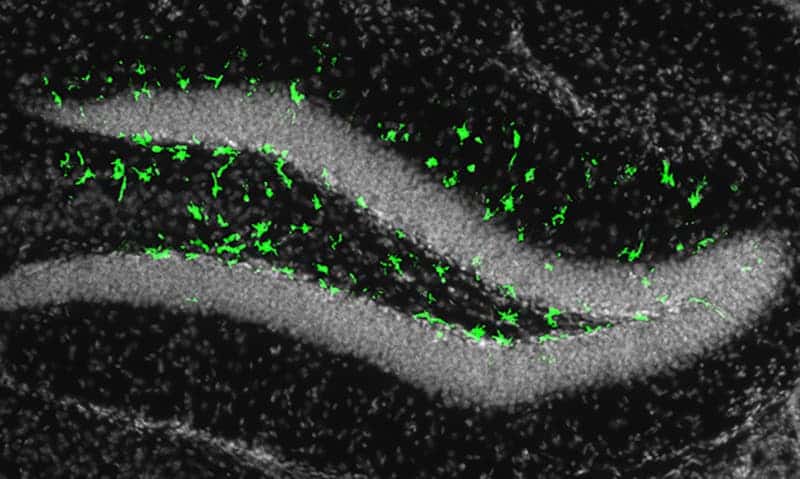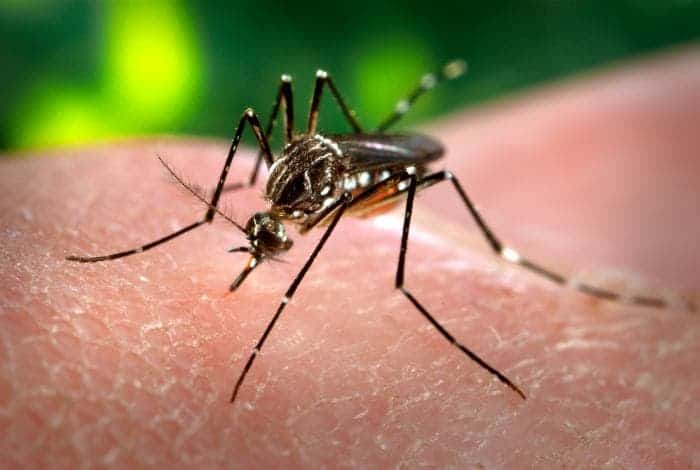
New research on mice suggests the Zika virus can infect and destroy certain brain cells in the adult brain, as well. Up until now, it was believed the most vulnerable group were pregnant women because the virus crosses over to the placenta where it kills developing brain cells, shrinking the baby brain’s volume and ultimately leading to the dreaded abnormally underdeveloped infant heads we’ve all seen.
The study performed by researchers at The Rockefeller University and La Jolla Institute for Allergy and Immunology suggests Zika could be a lot more sly than we’ve let on so far. The fact that it might affect adult brain cells, not just those of fetuses, warrants serious scrutiny in the following months. There are tens of thousands of reported cases in Latin America while more than 60 countries have reported travel-related transmissions. In Florida, US, 440 people have been diagnosed with travel-related Zika and another 30 contracted the virus locally during this outbreak.
“This is the first study looking at the effect of Zika infection on the adult brain,” says Joseph Gleeson, adjunct professor at Rockefeller, head of the Laboratory of Pediatric Brain Disease, and Howard Hughes Medical Institute investigator. “Based on our findings, getting infected with Zika as an adult may not be as innocuous as people think.”
The brain’s stem cells
Before the brain fully develops in specialized regions, a fetus’ brain is entirely made of neural progenitor cells, a sort of brain stem cells. In time, these cells develop into what they’re coded to do: neurons, glial cells etc. Once a baby is born and up until adulthood, the brain will contain progenitor cells and their role is critical. Neurons constantly die throughout our lives and when this happens, some of them are replaced by new ones developed from the progenitor cells that are always on standby.
Now, researchers at Rockefeller claim neural progenitor cells are targeted by Zika infections which would serve to explain microcephaly, a developmental condition which leads to smaller-than-normal heads, as well as other disabilities.
The team identified two primary regions in the brain whose neural progenitor cells are targeted by Zika: the subventricular zone of the anterior forebrain and the subgranular zone of the hippocampus — both vital for memory and learning. In a mouse model engineered by Gleeson’s team to mimic the Zika response in humans, researchers found adult neural progenitor cells could indeed become infected.
“Our results are pretty dramatic–in the parts of the brain that lit up, it was like a Christmas tree,” says Gleeson. “It was very clear that the virus wasn’t affecting the whole brain evenly, like people are seeing in the fetus. In the adult, it’s only these two populations that are very specific to the stem cells that are affected by virus. These cells are special, and somehow very susceptible to the infection.”
“Zika can clearly enter the brain of adults and can wreak havoc,” says Sujan Shresta, a professor at the La Jolla Institute of Allergy and Immunology. “But it’s a complex disease–it’s catastrophic for early brain development, yet the majority of adults who are infected with Zika rarely show detectable symptoms. Its effect on the adult brain may be more subtle, and now we know what to look for.”
In the infected brain regions, the researchers found evidence of cell death and reduced regeneration of new ones. It may be possible that some infected Zika adults could experience cognitive decline and, in extreme cases, neuropathological conditions like depression or Alzheimer’s. In healthy humans, the immune system ought to keep Zika from attacking brain cells, researchers report in Cell Stem Cell. Those with a weakened immune response stand at risk, though.

More research will be needed before we can piece together the Zika puzzle, which now proves to be a lot more complex than we hoped. Maybe the mouse model isn’t translatable to humans. Maybe it is.
“The virus seems to be traveling quite a bit as people move around the world,” says Gleeson. “Given this study, I think the public health enterprise should consider monitoring for Zika infections in all groups, not just pregnant women.”






